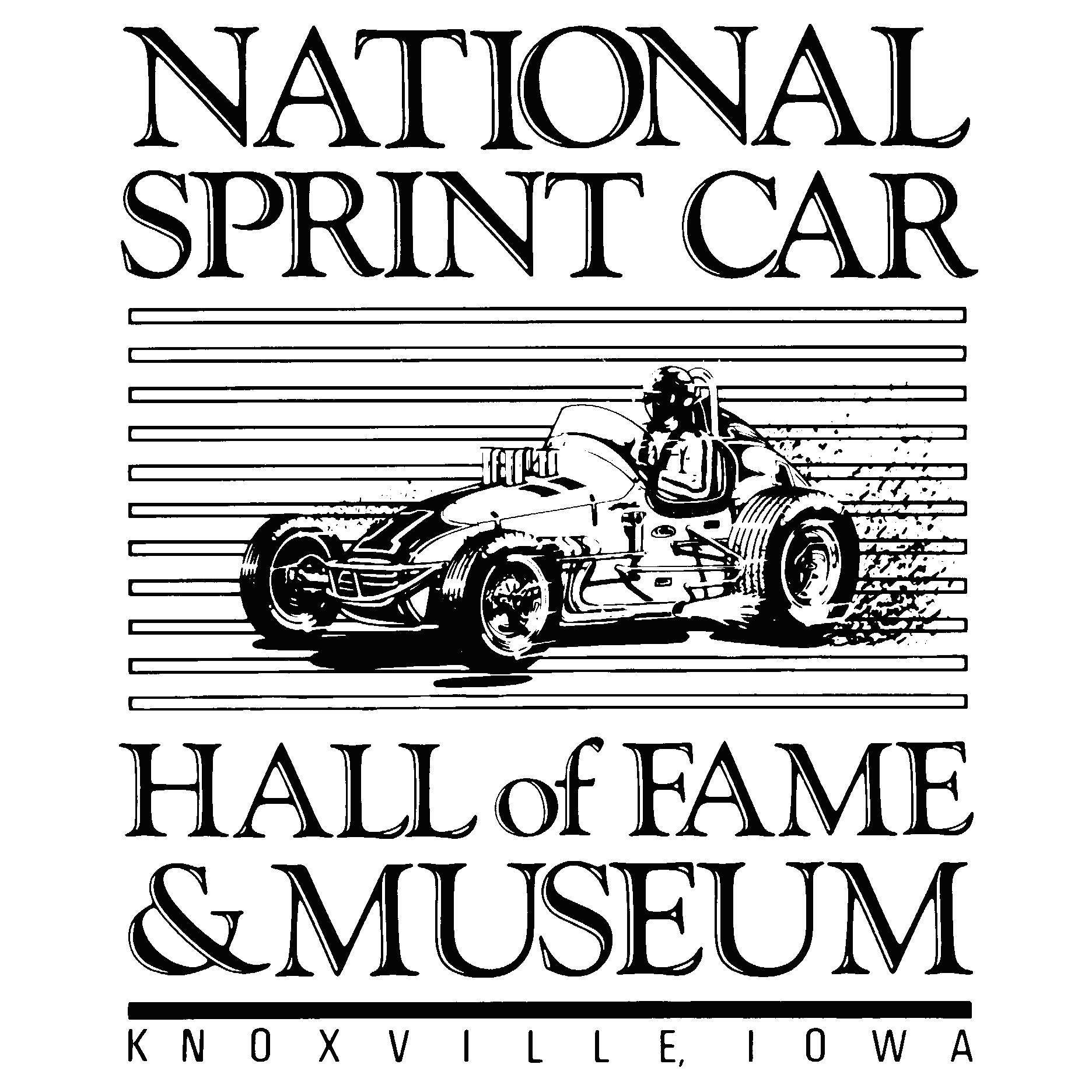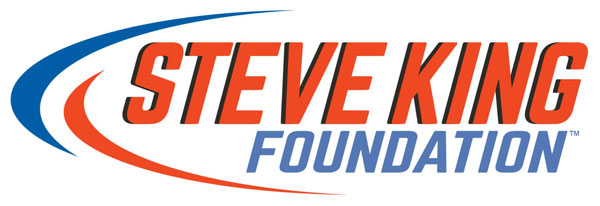Alex Bowman's concussion elevates concerns about safety of Next Gen car
Photo by HHP/Tom Copeland
After Alex Bowman slammed into the wall between Turns 3 and 4 in Sunday’s NASCAR Cup race at Texas Motor Speedway, he told the No. 48 Hendrick Motorsports team, “I don't understand how this thing is still rolling. That’s the hardest I've crashed anything in my entire life."
Bowman, 29, was running eighth before the wreck. His Greg Ives-led team was able to put the No. 48 Chevrolet back together and Bowman soldiered on to a 29th-place result.
While the team could fix the car, Bowman wasn’t as lucky. He will miss this weekend’s YellaWood 500 at Talladega Superspeedway after experiencing concussion-like symptoms following his accident at Texas on Sept. 25.
“After undergoing medical evaluation due to concussion-like symptoms, I will not be driving the No. 48 Ally Chevrolet in Talladega,” Bowman tweeted on Thursday. “I’m disappointed, but know my health in the number one priority. I am committed to follow all medical guidance to ensure I can return to competition as soon as possible.”
Bowman joins Kurt Busch as the second Cup driver to be sidelined due to a head injury this season. Busch has missed the last 10 weeks of competition due to injuries sustained during a qualifying wreck in the new car at Pocono Raceway on July 23.
Noah Gragson will substitute for Bowman this weekend at Talladega. Bowman is in his seventh full season in Cup. He has seven wins, 28 top fives and 69 top 10s in 255 starts. Bowman qualified for his fifth-consecutive appearance in the NCS Playoffs and is currently 12th in the standings, 26 points below the cut line. Any hope he had of advancing in the Playoffs evaporated at Texas.
Former NASCAR Cup champions Kevin Harvick, Kyle Busch and Joey Logano have all been outspoken regarding the rigidity of the new car. Harvick, 46, took yet another hit on Sunday at Texas. His response on the in-car camera was jarring.
“Every hit that I’ve pretty much taken in the new car hurts,” Harvick said. “We hear it week after week after week. The response seems slow. That’s just my opinion. But from my previous experiences, I’ve had some things that I’ve presented that we’re three years into having no response.
“The things that the drivers would consider most important may not rank as high on the priority list when those people aren’t out there banging into stuff themselves. When you see Denny (Hamlin) out there talking about being banged up, Kurt out, and you hear about the hits week after week after week, I know people are talking about changes, but I haven’t seen any.”
Kyle Busch believes the wrecks don’t look as bad because the drivers are taking the brunt of the hits. Like Harvick, he relays his concerns to the Drivers Advisory Council. But the solutions haven’t come quick enough for any of the drivers.
Knowing the struggles the teams endured just getting the parts and pieces for the roll-out, Busch understands why perhaps not enough safety testing was conducted prior to the car’s debut at the LA Coliseum in February.
“You don’t really learn these things until you put them in race situations, right,” Busch said. “Could they have done more crash testing? Probably. But they didn’t have the pieces to do it. So they had to get everything out there to get it on the race track to get going. So now we’re learning more about it as we’re in the line of fire, if you will.
“It’s going to be a learn-as-you-go. The only problem with that is that all of the parts and pieces and components are all built and bought and designed. So now, if we’re making changes to it, what does that go back on? It goes back on the owners. It makes it more expensive for them to have to re-buy stuff that gets re-designed to make crashes easier.”
Teams invested a tremendous amount of money to develop the “Next Gen” car since NASCAR announced in 2019 a new vehicle would be coming to Cup. Drivers believe it’s the additional expense that’s keeping the sanctioning body from fixing the current problems.
“Well, that tells you where we rank,” Harvick said. “Money is more important than the safety of the car. That’s the perception that seems to be coming with it…It’s not better from a crashing standpoint. The hits are violent.
“At Sonoma, I hit the 2 car so hard that it locked my HANS (Head and Neck Safety device) out and I kept going…Every hit is violent. Even the small hits hurt like they shouldn’t hurt. Everyone knows the car is too stiff. When you look at the crash data, it just doesn’t represent what the drivers are feeling in the car. They’ll say, ‘Well, it’s only a 15-g hit.’ I’m telling you those 15-g hit feel like 50 compared to what they feel like in the old cars…these cars wreck violently and it hurts.”
Everyone acknowledges that the rear clips are “too stiff”. Steps have been taken to soften the back of the car—just not enough. The No. 48 team relayed to Bowman on Sunday that he hit the car in the absolute worst spot. Busch backed his No. 18 Toyota into the wall as well when he wrecked on Sunday in Texas.
“I’m concerned. I think everyone is concerned right now,” Logano said. “I don’t know how you would not be. When you look at your competitors and their own experiences, it’s brutal compared to what the old car was. Yeah, it’s going to raise an eye. Look at some of the things that have happened, Kurt’s situation…my experiences at Charlotte and Michigan. Those things are real. You can’t hide from that. I’ve put a lot more time into (improving his equipment and research) than I did with the old car. There must be a reason for that.”
Logano wants to know what makes the hits so violent in the new car compared with the Gen 6 car. While the rear clips were designed to protect the fuel cells from exploding, fires from the exhaust pipes of the car remain another concern. Logano was one of the first drivers to experience fire with the new car. Chase Elliott, the sport's most popular driver, experienced a horrific fire in his car on Sunday.
“Is it completely fixed or just band-aided,” asks Logano. “Probably band-aided for now, but we can make it even better. It’s better than not doing anything.
“The top 10-percent of the wrecks—the big hard ones, the intrusions—I feel much better about that. It’s the everyday hits that are more severe than they used to be.”

.png)





